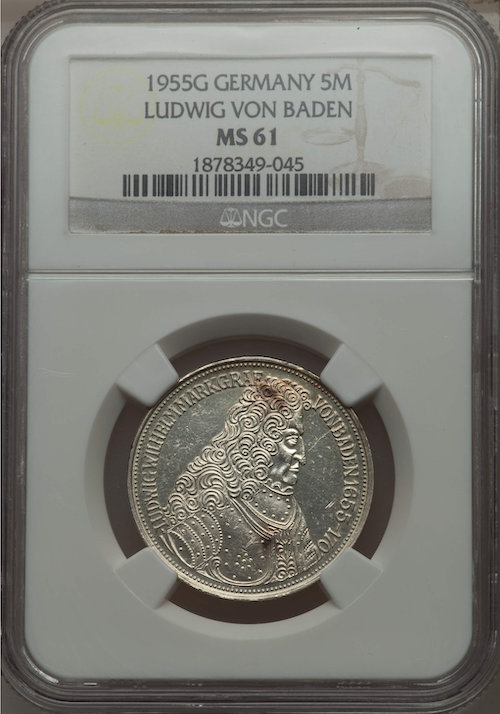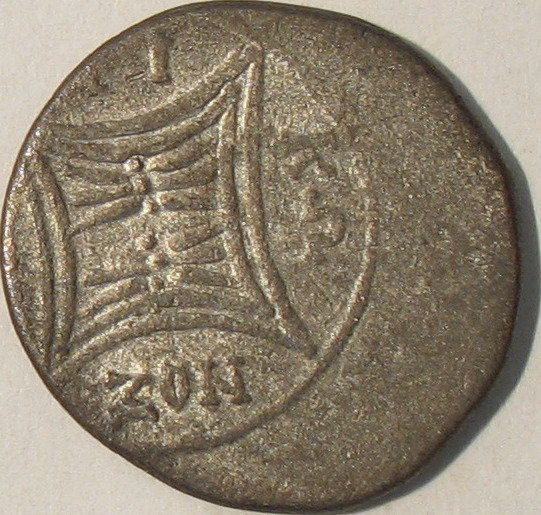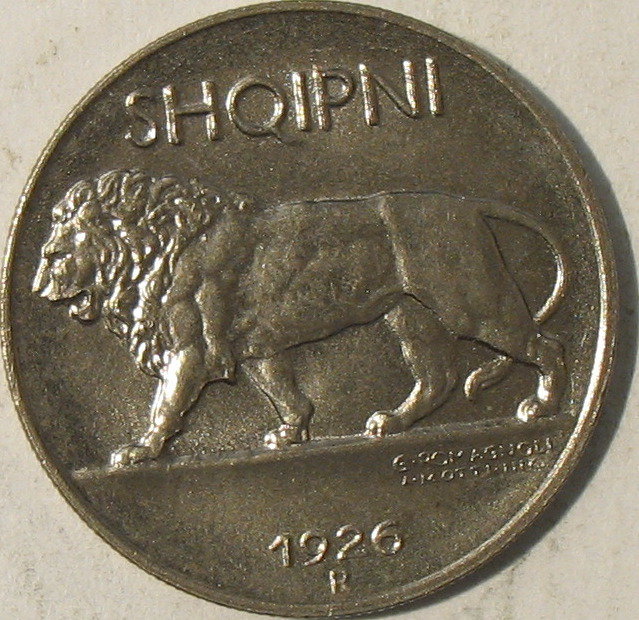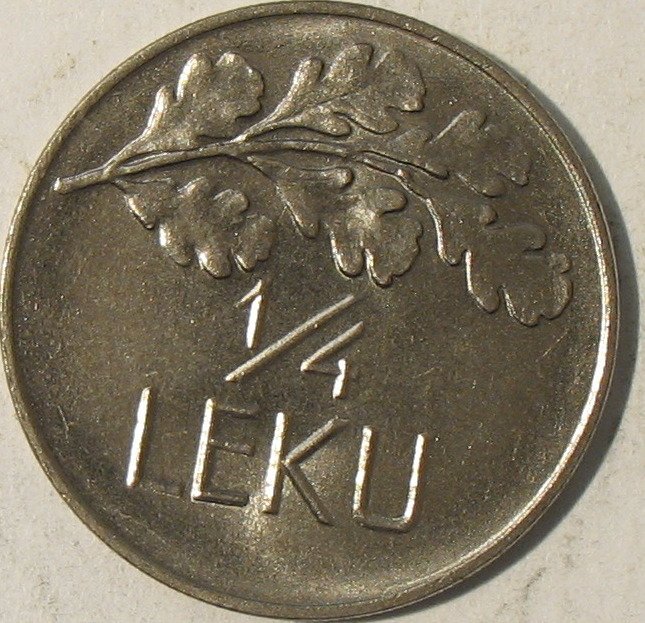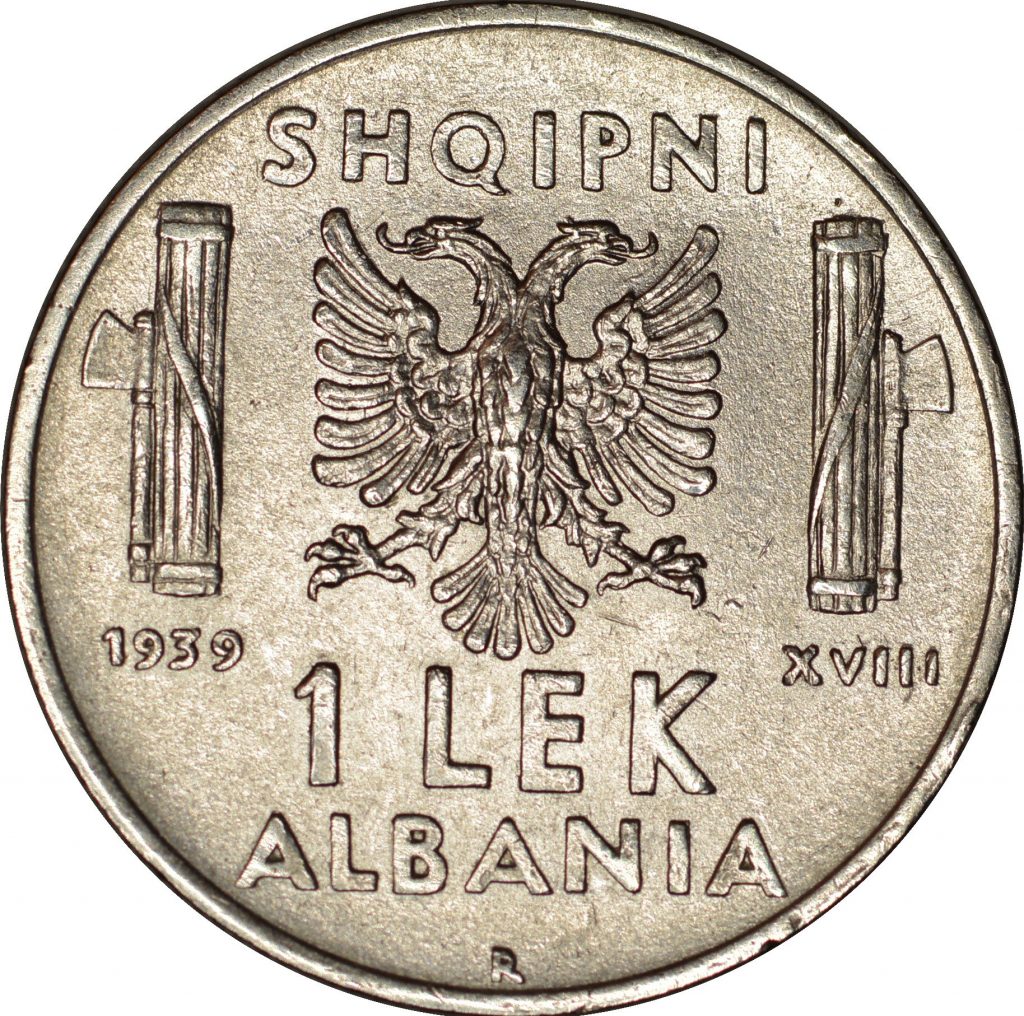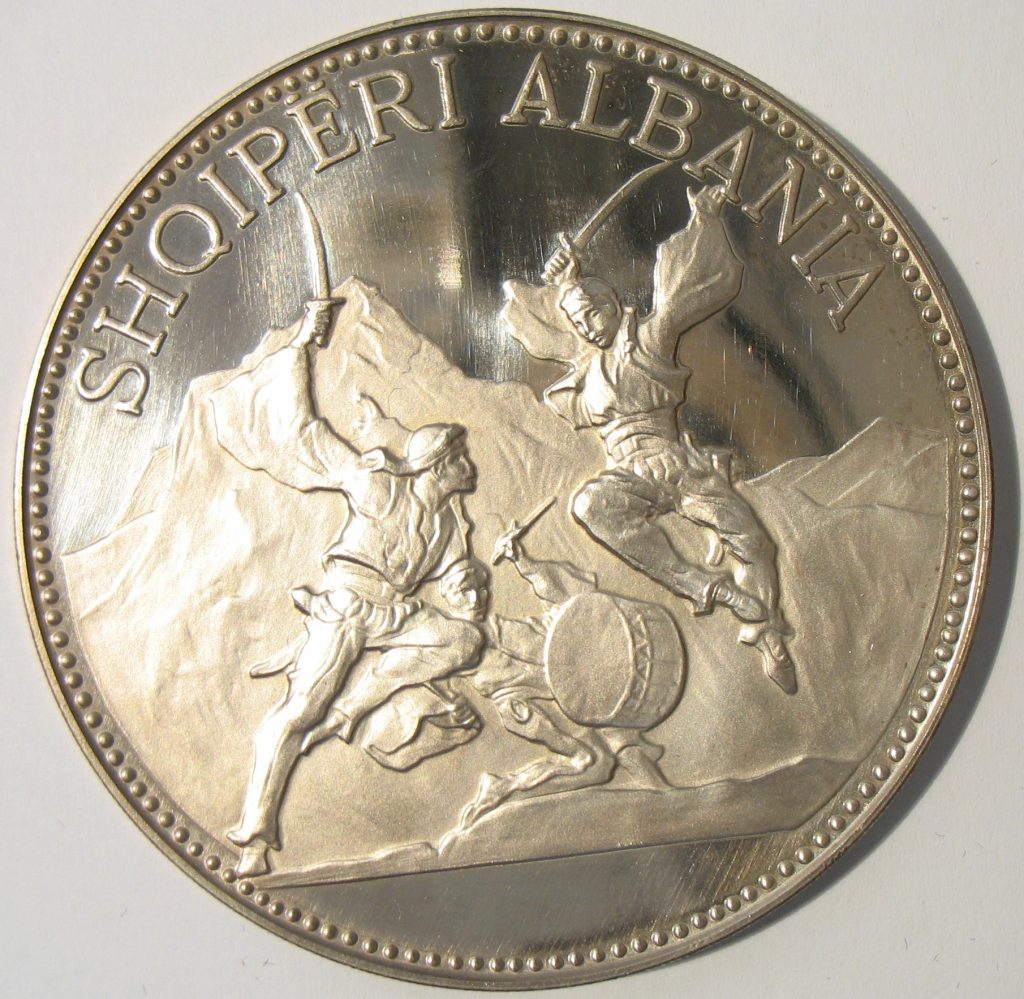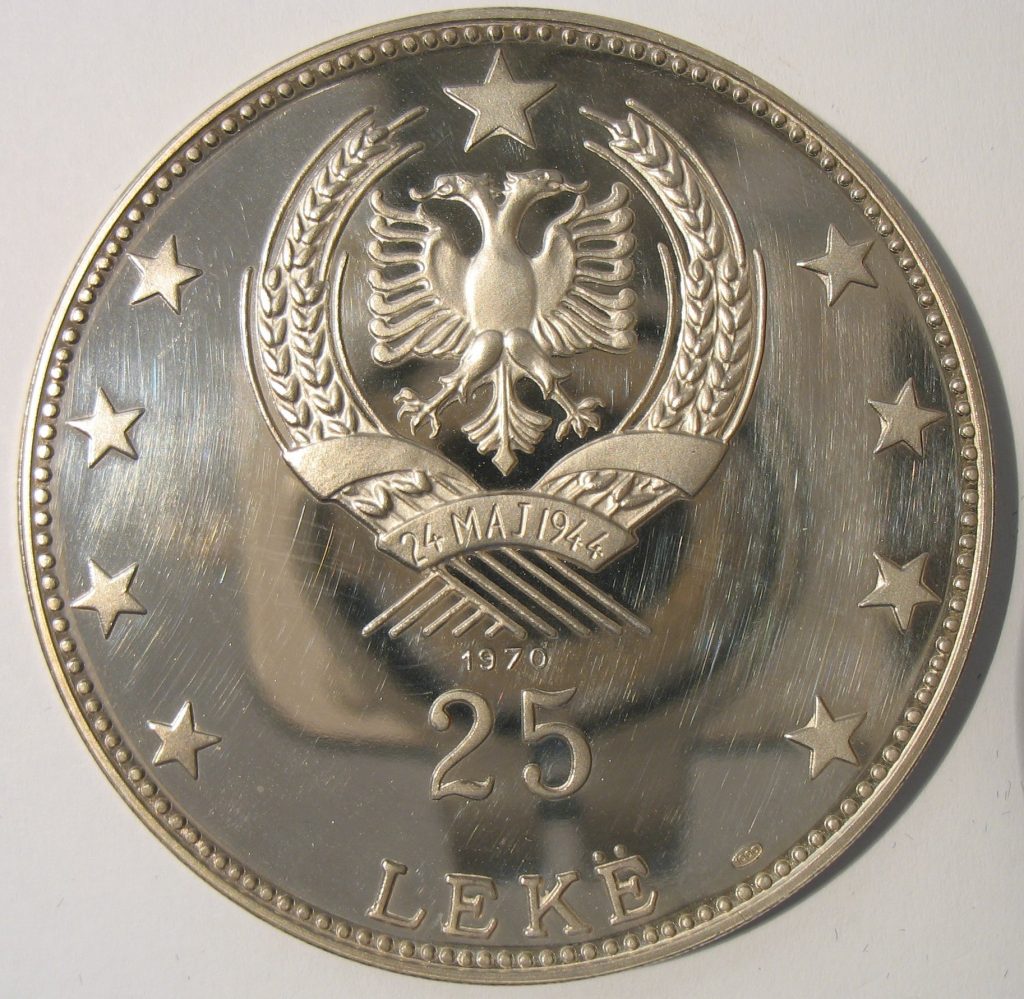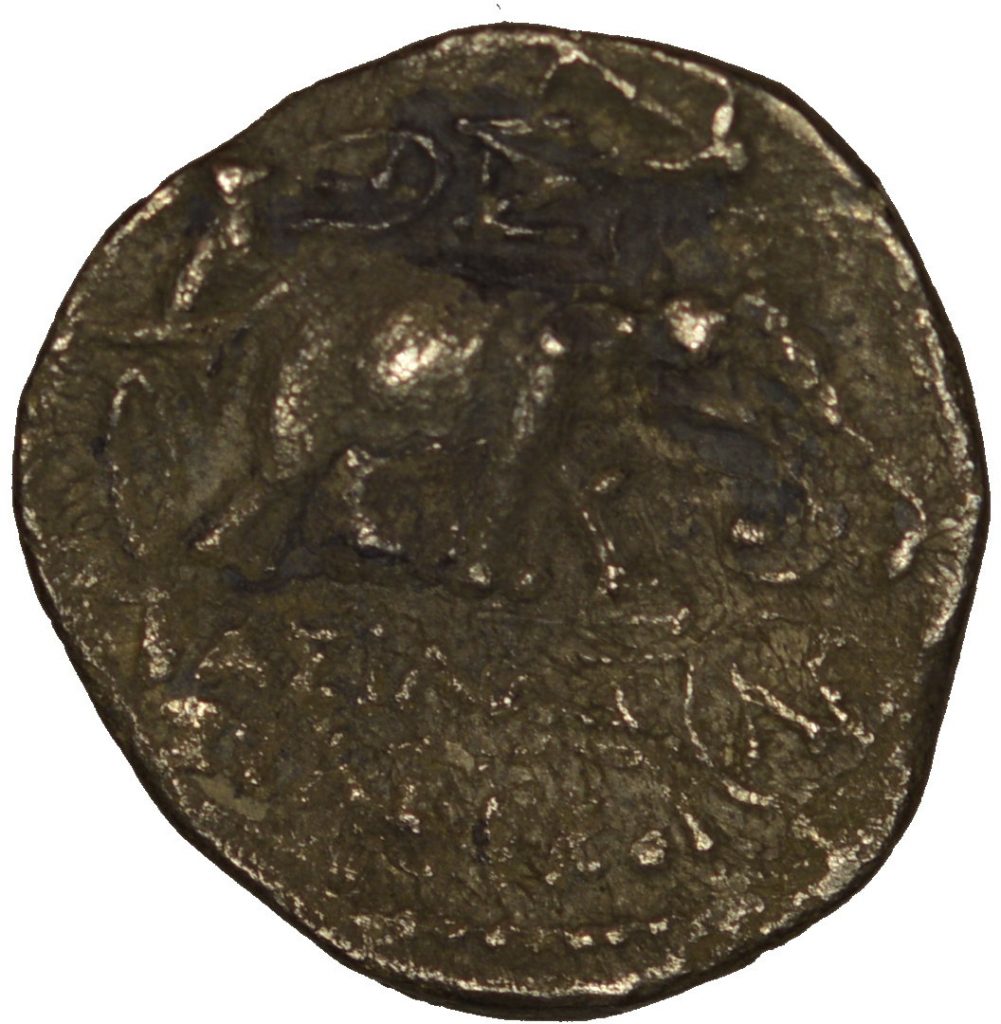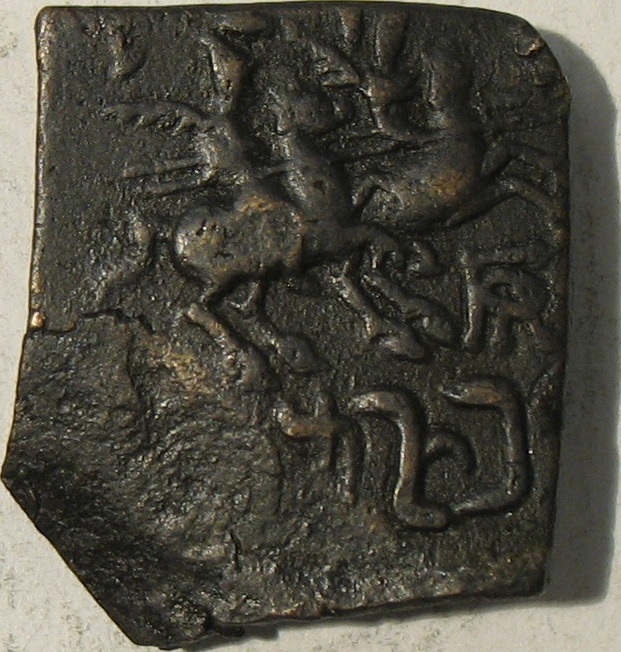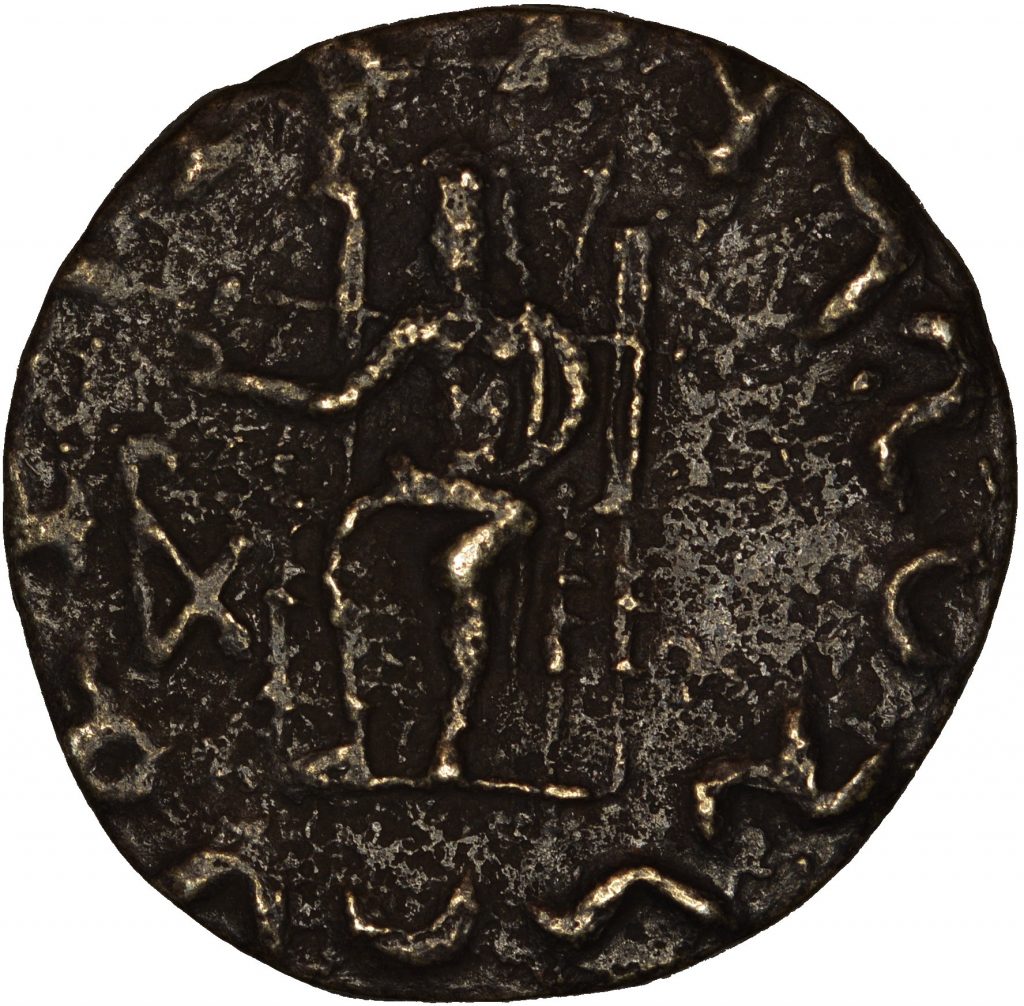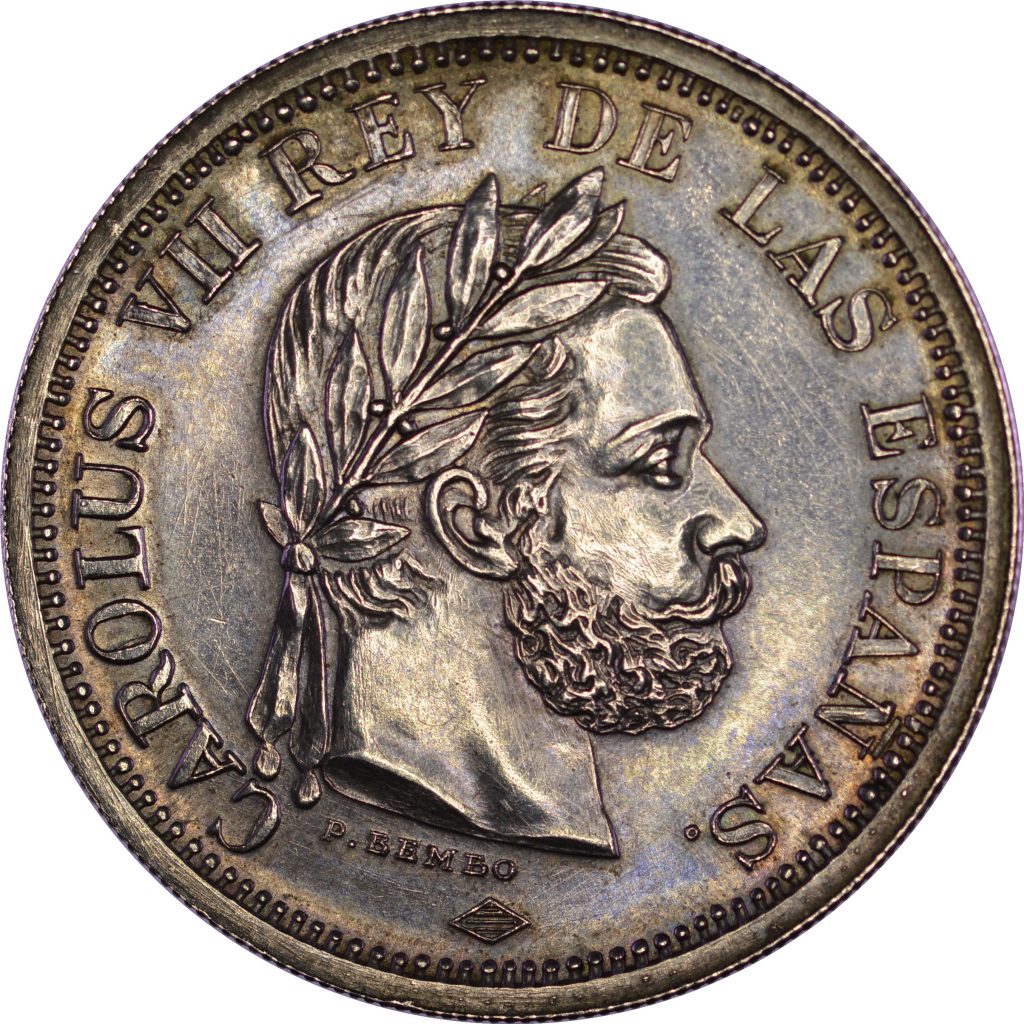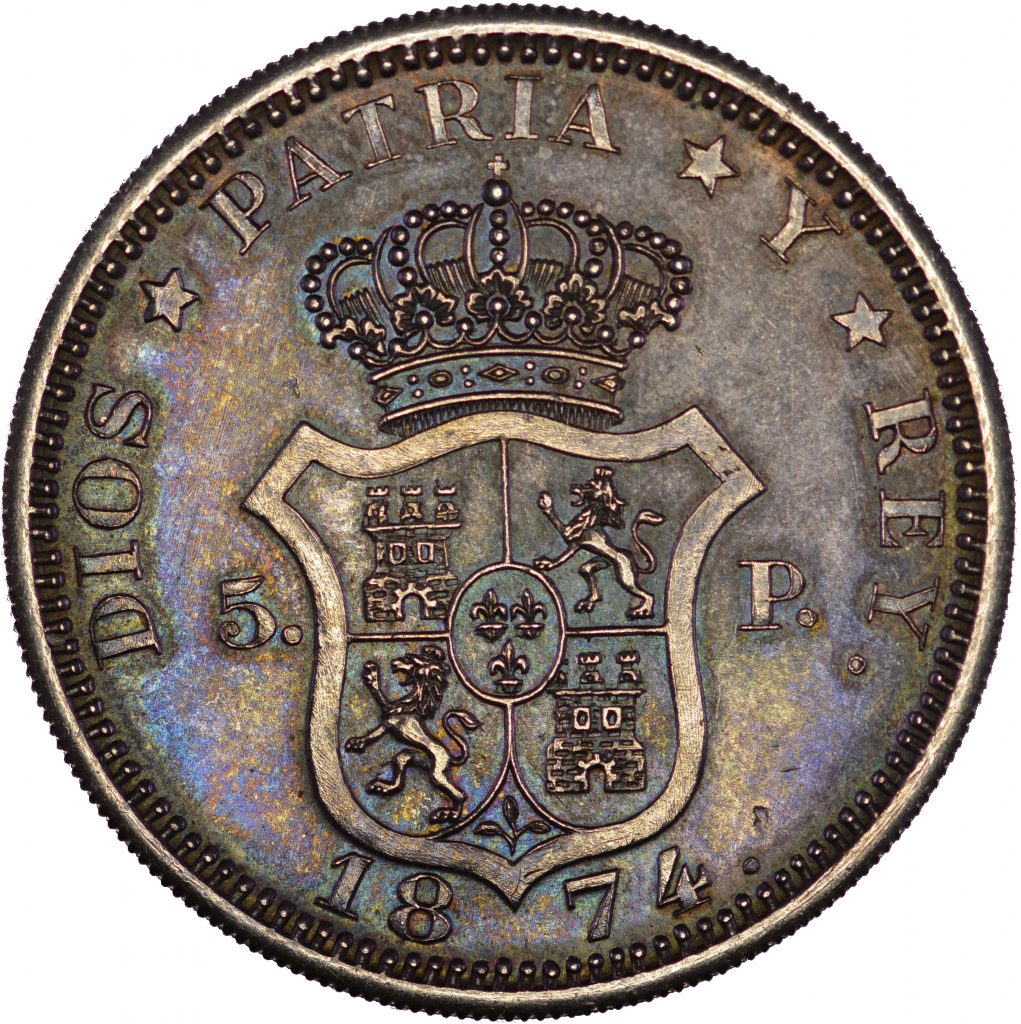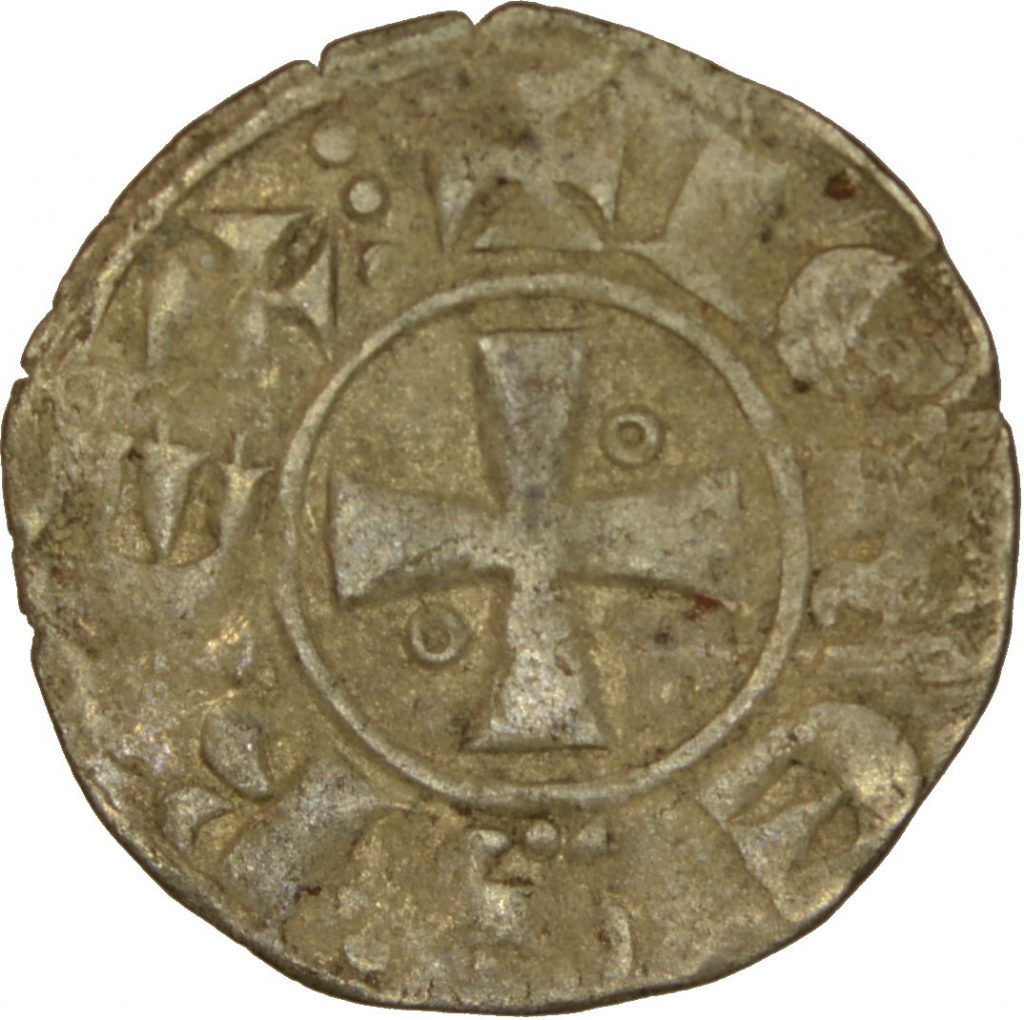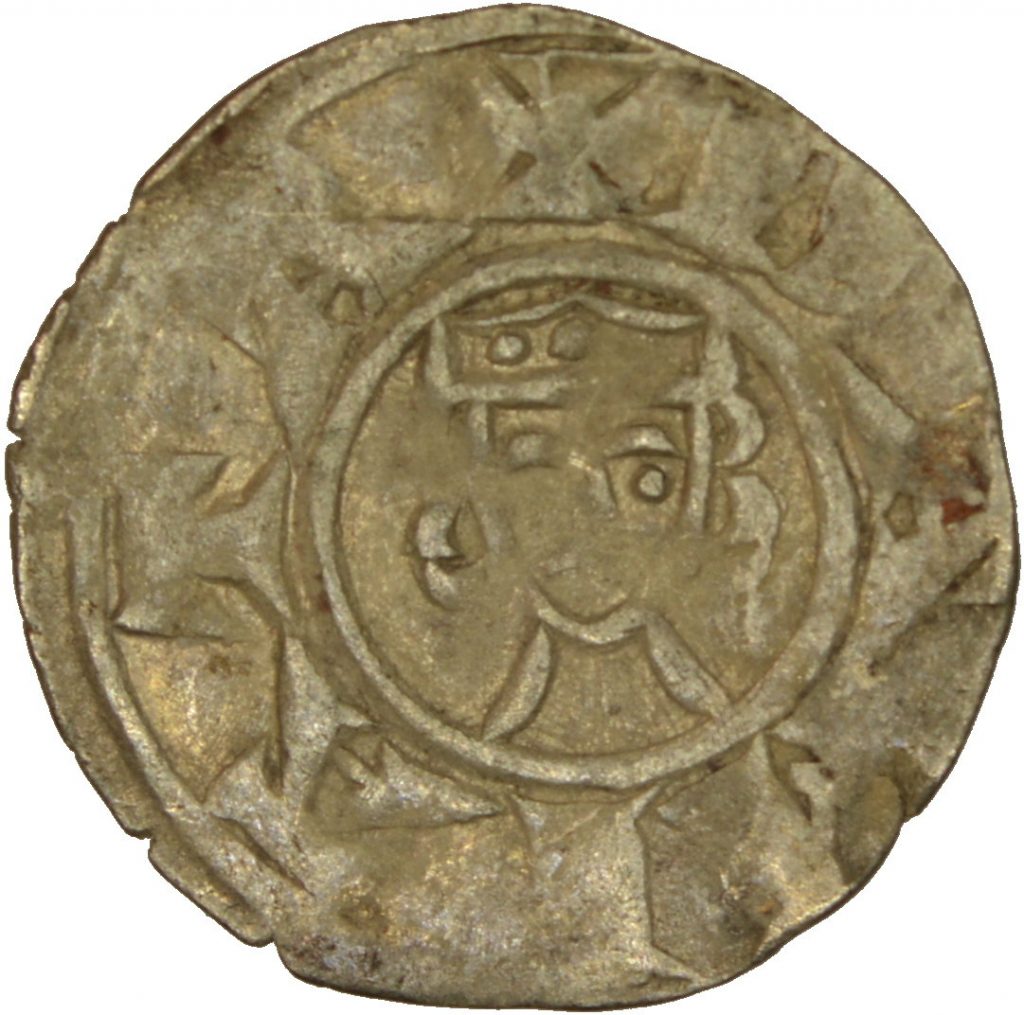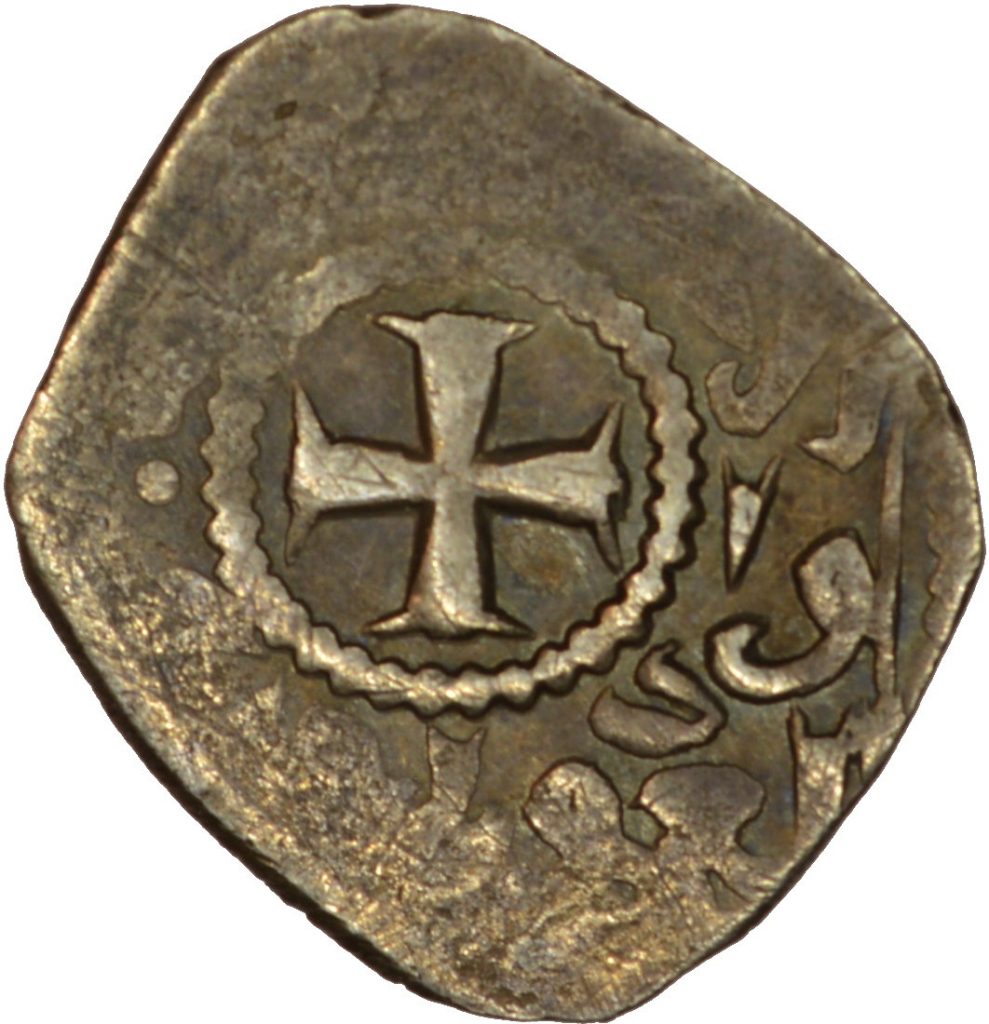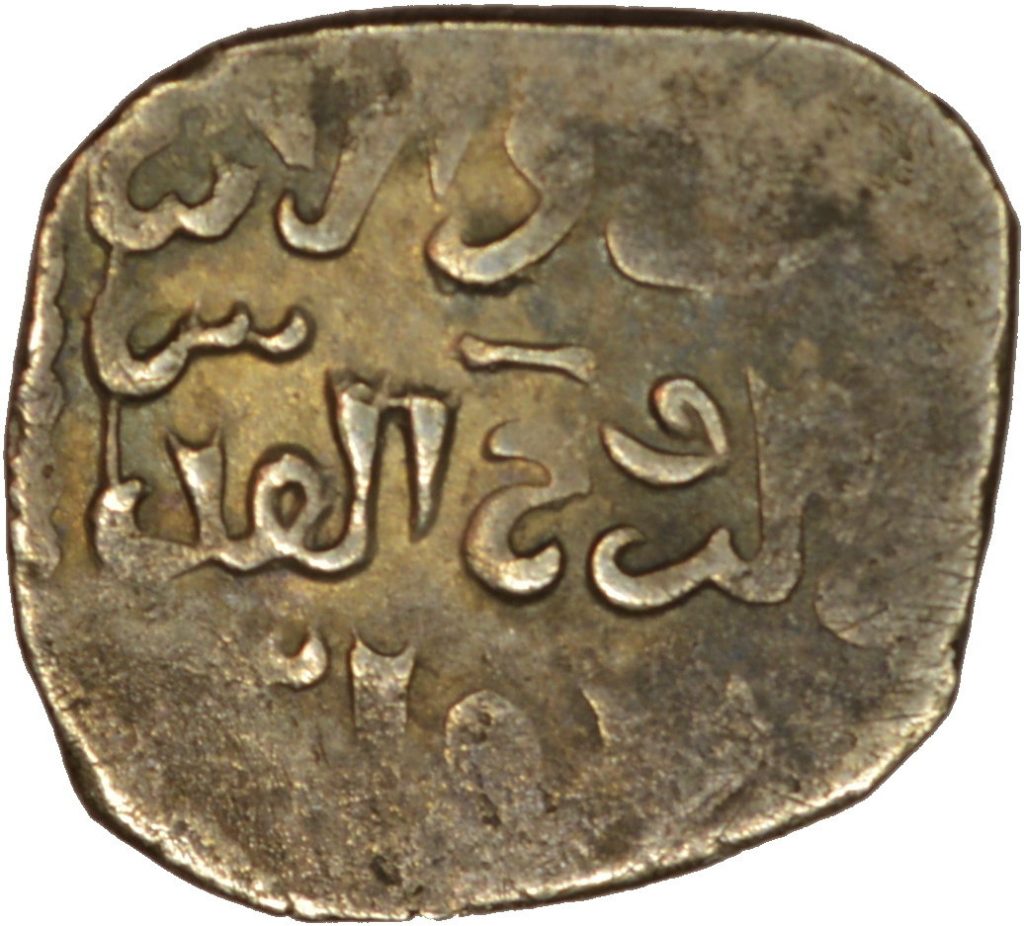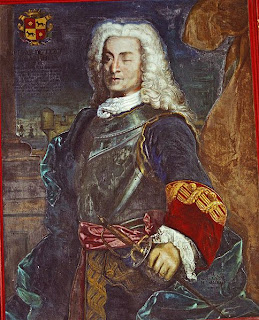A powerful gentleman is money… Quevedo told us. Those of us who collect coins are aware of collecting money, and that it is one of the most valued objects by its contemporaries (and also by future collectors… hehe). But I think it never hurts to think about what exactly money is, how it is created and where it goes.
What it is seems easy to define, it is an object that allows goods and services to be exchanged between people. Historically various objects have been used as money, up to coins, invented in Asia Minor around the s. 7th BC Archeology shows us testimonies of trade between Homo Sapiens, long before agriculture was a reality, and therefore, objects were exchanged, although probably not money (this explains the presence of shells thousands of kilometers from the coast, or the scattering of certain objects). We know that in Sumerian Mesopotamia grain was used as currency, since everything referred to it, but using grain as currency is too complicated, due to the volume it reaches when you want to buy things of great value. In the Bronze Age, we know of ingots that were used as currency, although of course, they could be turned into tools, hence their value. That everyone agrees to give value to objects without utility, or intrinsic value, was a radical change. People tend to think that silver and gold have a value, and that the big change was to use pieces of paper, but really, silver and gold have no more value than what we want to give them. They cannot be eaten, they cannot be turned into useful tools like steel ones… it is true that in today’s technological world, they have industrial benefits, but they do not justify the extra price paid for these precious metals.
They say that when the Spanish arrived in America, the natives did not understand the great value that the Spanish placed on gold. Cortés said that the Spanish had a disease that could only be cured with gold… 😉 In any case, whenever two cultures have come into commercial contact, they have ended up equating the value of goods, and the relationship between them. The process is simple. If in one culture something is valued more than it is not valued in another, trade will seek to balance them. If in London they give me 50 silver for a Kg of gold, and in Rome, they give me 25… With an initial 1 Kg of gold, I will buy 50 Silver in London, and I will obtain two Kg of gold in Rome, so I will have doubled my merchandise, and will continue to do the same thing over and over again. In the end, gold will be scarce in Rome, and silver will be abundant, and prices will eventually come closer. Examples of this process have occurred on many occasions, but I will remember that of Japan in 1854, after its reopening to world trade, which implied a collapse of its monetary system. In Japan at the time, gold was trading at 1 to 5 with silver, when the trade in the rest of the world was about 1 to 16. The gold left Japan. If we compare this ratio, with the 1 to 73 that is being paid at the time of writing this, we see how the ratios have evolved over time.
And it is that money has managed to get everywhere. The Christians of the Iberian Kingdoms, exchanged Andalusian currency that affirmed that Muhammad was the prophet of the only God, with the same lack of problems that the Muslims could use Venetian ducats with Saint Mark on one side. Money broke all cultural barriers, allowing exchange between cultures, and depending on how we want to understand it, collaboration between them. In fact, if we think about it, the most important contribution of money is that, it allows us to plan and manage the occupation of people. Within a capitalist society, capital accumulations allow the most diverse companies to be carried out, being able to distribute work in complex and flexible ways that allow adaptation to unforeseen situations. But we must not forget that it only has the value that we assign to it!
And with this thought, and since we are on the brink of an economic crisis, we can think about their real importance. If money has no value, what is an economic crisis? Well, if we examine the effect, almost all of them are caused by bubbles, that is, the assignment of an exaggerated value to some good or company, when it is not justified. This causes a part of the economy to become richer (or feel richer), increasing its spending, and then when the price of the item adjusts, spending habits adjust as well, cooling the economy. That is to say, money allows the distribution of people’s employment, to respond to the needs of society, and the end of a bubble requires an urgent reorganization, leaving many people unemployed.
But in this case, we are facing a different crisis. I think it will end up affecting these spending habits, but it seems more artificial than real. During confinement, spending on services is over. That is, most of the primary sector continued to function normally, including the secondary. It really was the services that came to a screeching halt. But services, in my opinion, are the steamiest part of the economy… if I don’t cut my hair, and do it at home, but give the money to the hairdresser… would anyone notice the difference? the same happens with the bar, restaurant, massage, plane, hotel… so… if as a State, I start giving money to all these businesses… What happens? Well, I will need more money, that I can take it out of taxes or public debt (print bills as necessary). If I take it out of taxes, I will take it out of all of us who have not spent on these services, and if I do it with debt, I will end up printing more banknotes and causing, at least in principle, inflation (and in the end the value of the money that have). In any case, if with the return to normality, and after having subsidized those who have suffered the most (ERTES…), we recover our spending habits, the crisis would be a parenthesis, and we would have that famous V-shaped recovery. But if you do not subsidize those who have not been able to work all this time, or previous habits are not recovered, that V-shaped recovery is impossible.
In any case, printing banknotes is a form of speaking, because printed money and currency is negligible with respect to circulating money, and this brings me to the future of money. It seems clear that, although with great sorrow for collectors, the coins will end up disappearing. Almost all of our spending is done with cards, mobile phones… and the pandemic has further accelerated this trend. Physical money, every day seems more a thing of the past…

